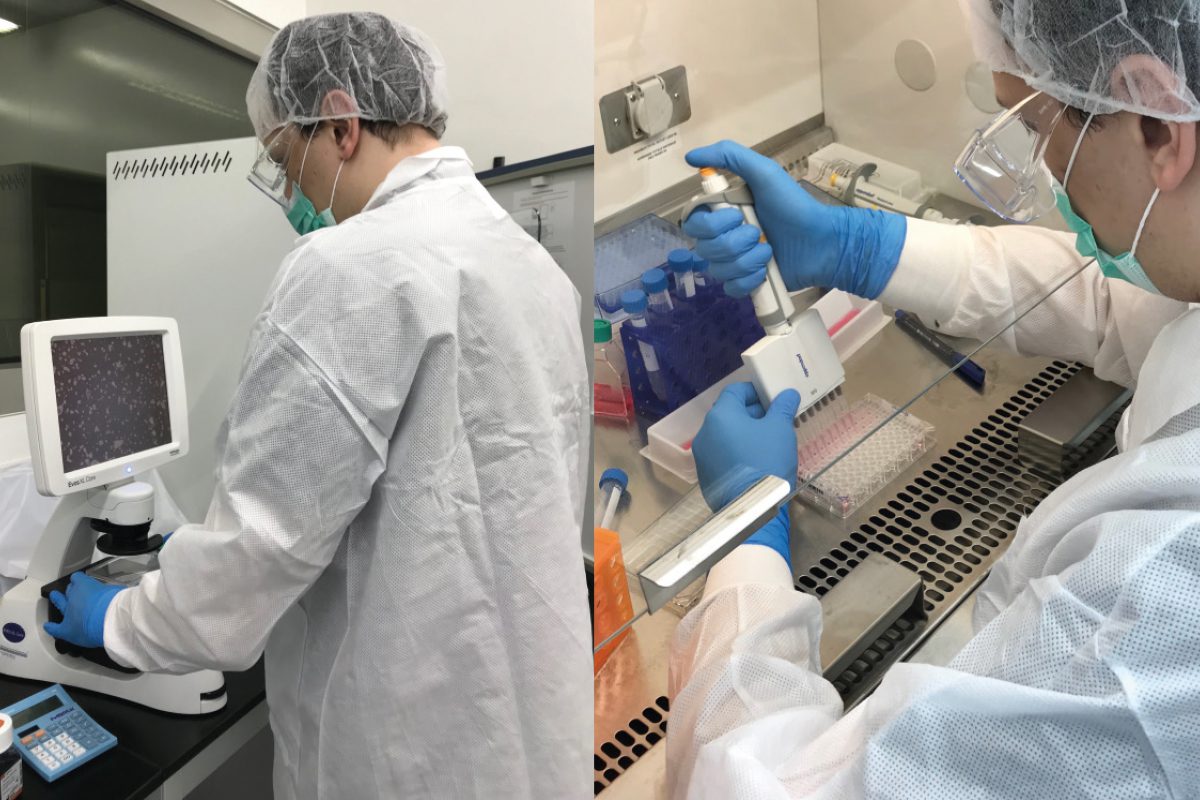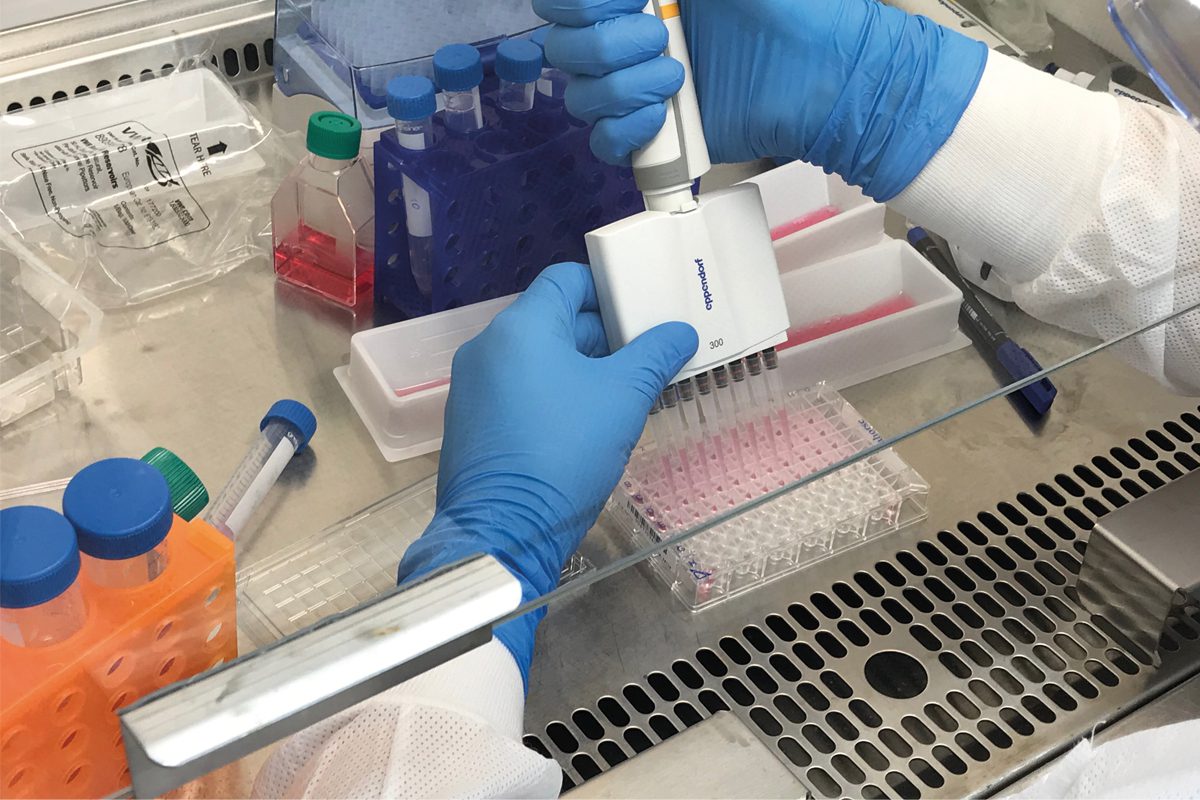A complex water quality challenge is on the horizon for utilities as more becomes known about micro-pollutants, customers acquire the means to carry out analysis at the kitchen tap and the downward pressure on cost remains. BlueTech Research chief executive Paul O’Callaghan captures viewpoints from industry leaders in the field
The nineteenth century techniques that have defined water treatment in cities and towns across the developed world may be reaching their expiry date. Based on the concept of removing pathogens from water and filtering solids, these processes have kept populations healthy for decades and facilitated urban growth, but they fail to take into account the myriad chemicals now entering water sources and being identified in drinking water.
Professor Shane Snyder, executive director of the Nanyang Environment & Water Research Institute in Singapore, says: “The world’s water supplies will be continually taxed by emerging contaminants,” substances that were unknown – or that little was known about – until recently.
Urbanisation, population growth and climate change are all impacting on these changes to the aquatic environment. Snyder, who has testified before US Congress on the disruptive effects of pharmaceuticals in water, also says the regulatory environment is “antiquated” and the speed at which new chemicals are entering the market “is much faster than our ability to calculate the water safety levels.”
He says that with today’s technologies anything is detectable, but the presence of trace chemicals may not mean that the water is unsafe. “It’s not going to be just hydrogen and oxygen,” he says. “There will always be various other substances, some of them helpful, some of them not.”
Chemical mix
Snyder also points out that chemicals do not occur individually, “The exposure will always be mixtures of chemicals and that’s the other conundrum, regulations are assuming presence of one chemical, but the reality is that in water supplies there’s a mixture of contaminants or chemicals and in every water supply that mixture will be different. It’s breaking down our paradigms of how we would previously regulate water,” he says.
Given that it would be impossible to regulate for all of these substances, the obvious approach would be for utilities to assume everything is present including pathogens, micro-pollutants and metals. A multi-barrier response could then be deployed combining conventional and advanced filtration and disinfection technologies to safeguard drinking water against pathogens and micro-contaminants.
The paradox is that shifting to a higher level of water treatment comes at a higher cost and a higher carbon footprint, which consumers are also unlikely to settle for. If consumer pressure continues to grow, one way of mitigating some of the whole-life cost of upgrading water treatment would be to go to direct potable water reuse, taking the discharge straight from the wastewater works to the drinking water treatment plant and treating it to this higher standard.
Historically wastewater treatment, a system that also dates back to the nineteenth century, has existed in isolation from water treatment. It has been vital to protecting the environment and water sources from pollution, but future urban water and energy demands mean the model needs reimagining to build resilience into watersheds.
Potable reuse
Ralph Exton, chief commercial officer, Suez Water Technologies & Solutions, says potable water reuse plays straight into the debate on overall water resilience. “The ability to reuse water is critically important,” he says, “but there are still a lot of perception issues around whether that water’s safe.
“Reuse water goes through many more treatment stages and a lot more effort goes into analysis, yet people are more reluctant to drink the water. There’s a perception that it’s not as safe as the water drawn from naturally occurring sources.
“The reality is that in some parts of the world, those ‘naturally occurring’ waters have micropollutants that just haven’t been tested before. Once they’re tested for and found to be present in the water, then action needs to be taken anyway.”
Paolo Zacchi-Cossetti, director for open innovation at Xylem, is clear that technological advances in sensors and micro-pollutant detection means power is shifting from utilities to customers.
“A lot of low-cost sensors have been under development and companies like Spout and Orb have taken inspiration from the lead contamination issue in the water supplies of Flint, Michigan,” he says. “These low-cost portable devices can be used by consumers and provide a lot of information regarding the water you’re drinking.”
Zacchi-Cossetti cites figures from the city of Chicago where, following the lead contamination event in the water supply at Flint, Michigan, consumer demand for lead-testing of water supplies rose by 33,000%, and from Pittsburgh where the rise was 27,000%.
This has created real challenges for the utilities having to respond to this increasing demand. The risk is that better informed customers may demand higher quality water from their utility, even where the health benefit does not necessarily warrant it.
Public education
Exton agrees that low-cost sensing is an important piece of the equation, but it has to go along with providing clear data and educating the public. In many cases the information available to educate the public on micropollutants just is not there, or it is not sufficient, or there has not been enough testing done to give assurance.
“Even a basic level of analysis will not necessarily be understood properly, let alone the more frequent, real-time data that is becoming available,” he says. “Without the education and communication piece, you could be creating more of a problem than you have today.”
Professor Snyder believes the public would feel more secure about their drinking water if it was screened using bioassays, an analytical method to determine concentration or potency of a substance by looking at its effect on living cells or tissues.
“The area I’ve studied most is the use of in vitro bioassays to test the water and determine how human cells respond to the mixture of chemicals present,” he says. “I don’t think that alone will help us say ‘safe’ or ‘not safe’, but it will surely help us prioritise what we should be looking for.
“This technique has been used in medicine for a very long time and I think it’s what we desperately need in water. The last time I checked, there were about 15,000 new chemicals registered every day of the week, whereas the US Environmental Protection Agency regulates just 90 compounds. As I always say, what’s the better answer? Is there a better way to do this?”
Briefings on emerging trends in water quality will be on the agenda at BlueTech Forum 2020. The 10th annual forum will take place in Vancouver, Canada, on June 3-5. Full details will be released shortly.
• see www.bluetechresearch.com








